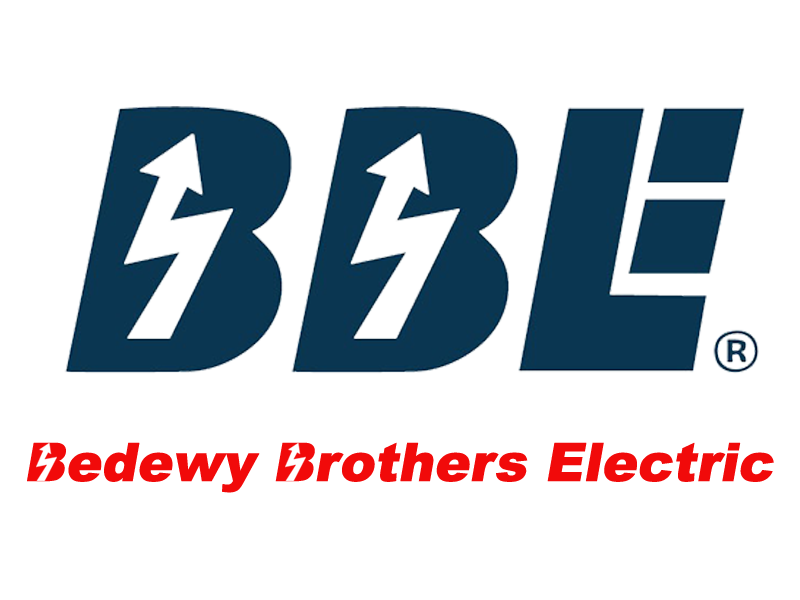[ad_1]
Can you install ROPE LIGHTING on your DECK and/or DOCK? YES – For years we’ve had rope lights on our dock that began with decorating the dock area during the holidays. They’re easy to install, fairly inexpensive and puts out just the right amount of low-key, indirect, ambient lighting.
For those who want to have rope lighting as a more permanent form of accent lighting, there are rope lights constructed for this purpose. WATERPROOF FLEXIBLE LED STRIP LIGHTS are specifically made for the outdoors.
Waterproof Flexible Strip LED lights offer the perfect solution to creating energy-efficient, stylish accent and mood lighting. Strip lights are discreet, flexible, and can be cut to fit your area, and since they come with a strong adhesive, they can be mounted virtually anywhere. Available in multiple colors you can create special effects on practically any surface, marine, auto and/or home.
Steps to Install Rope Lights: The simplest and most common method to install rope lighting is to nail it on the surface using cable clips. You need cable clips, a hammer, a power source and the rope lighting. The time needed for installation depends on the length of the rope.
1. Decide where to install the rope lights – Choose where you want to install the rope lighting. In most cases, the rope lighting is installed on the ceiling, the roof trusses or on the floor decking in order to produce the desired results. Consider the position of the source of power to ensure that your rope reaches the socket.
2. Mount the rope lighting – Use the hammer to clip the lighting on the surface. Slide the rope in the open arcs of the cable clips during the installation as you twist it in your desired pattern. Ensure that the hammer does not miss the target while hitting the clips because it can destroy the rope lighting.
3. Test their output- Switch off the socket, and plug the rope lighting in. Use the extension cord if the length of the rope lighting does not reach the power outlet. Switch the socket on to see if it lights.
Quick answers to the most common questions
• Do I need a controller for my strip lights? A controller is optional but adds the ability to turn your lights on and off and control other features such as dimming.
• Can I connect multiple strips? Strips can be connected end to end up to various meters, depending on your product.
Steps to Install Flexible LED Strip Lighting with Solderless Connectors:
1. Materials Needed – Have all your materials ready. You will need scissors, LED flexible strip lights, a connector, ruler (if needed), and a set of hands.
2. Measuring how many feet of LED strip you need – You may have your LED strip light sent to you in a roll (16 feet) or by the foot, depending on the quantity ordered. Decide how much flexible LED strip lighting you will need for your project. Since the LED strip can only be cut every third LED, you may have to go slightly over or under your desired specification.
3. How to cut the LED strip – As you can see below, the flexible strip light can only be cut along the designated lines. Take a sharp pair of scissors and cut along the line.
4. Pay attention to positive and negative markings – IMPORTANT: Notice the positive and negative sides of the LED strip light. This is important for the next few steps. Sometimes when you cut the LED strip light, things can get mixed around.
5. Introduction to the connector – Each connector has two sides. To insure you have the correct side up, make sure the wider of the white sides faces up. This is the top. BE GENTLE and pull the locking device out away from the wires. Do not pull on the wires to do so, as the connector is fragile.
6. Attaching the connector to the LED strip – IMPORTANT: Color does not always matter! Make sure you follow the positive side of the flex strip down through the connector wire to the power supply. Red/black can either mean (+) or (-) depending on what side you have hooked the connector to.
7. Securing the tray to the LED light – In the example below, if we were to attach the connector to the other side of the flexible strip light, the red would be negative and the black positive. Next, GENTLY secure the locking tray back in place, connecting the terminals of the LED flexible strip light to the connector. Be gentle and make sure the mounting tray is securely closed, or the lights will not work.
8. Connecting the LED strip to power – You are now ready to plug your LED Flexible strip light to the LED power supply. Match the positive and negative markings with the positive and negative wires from the power supply. Make sure the power is off when you do this.
If your strip lights do not light up:
1. Wire color does not always matter! Make sure you follow the positive side of the flex strip down through the connector wire to the power supply. Red/black can either mean (+) or (-) depending on what side of the LED flex strip you have hooked the connector to.
2. Another common problem is that the connector may be installed upside down; repeat steps above and try again.
3. Also, MAKE SURE the tray is closed all the way. Be gentle!
4. Check your power supply and make sure it is hooked up properly, with correct (+) and (-) as well.
5. How many feet of LED strip are you using vs how large your power unit is? If you are using 1 reel of 24 v Ultra bright with e 2.5 amp power unit, it will not work because the power unit is too small.
[ad_2]

